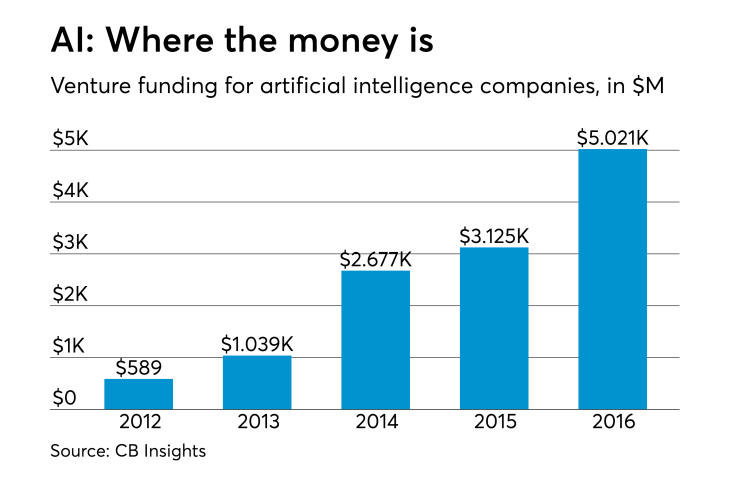In 2008, when we experienced the birth of the first iPhone and life as we knew it became mobile-first overnight, business software got a new lease on life. The mobile revolution brought on a massive boost to overall finance and accounting productivity — both from the perspective of employees’ end-user experience as well as businesses’ back-office functionality.
Enter “pre-accounting” and the art of automating functions that typically required human intervention or manual labor. Tasks typically assigned to accounting could now be automated or decentralized across the organization and performed by non-accountants, and in most cases, by anyone with a mobile phone. At the same time, optical character recognition (OCR) solutions started to make significant headway, allowing business to extract data from physical documents, PDFs or scanned images into editable data.
For accountants, the ability to extract data from invoices and receipts made life easier, of course, but the process of organizing that data, analyzing documents and managing workflows in order to complete the bookkeeping process remained.
Corporate financial health is dependent on how structured accounting is, yet while the concept of pre-accounting is simple, the actual execution can be excruciatingly mundane and labor-intensive.

This kind of cyclical evolution, powered by technology innovation, is a common theme when it comes to accounting and its deep-seated roots to drive and manage wealth generation. Every decade creates its new standards in technology adoption, and just like the smartphone era powered efficiencies featured by mobile processes and decentralized tasks, we’re now on the cusp of the next decade, which brings with it AI-powered solutions and the latest extension of pre-accounting, namely, pre-compliance.
One of the essential tasks for accountants while analyzing financial records is to ensure corporate and regulatory compliance. Companies are required to abide by several regulations put forth by the Securities and Exchange Commission, as well as the Sarbanes-Oxley Act. The latter in particular emphasizes the accuracy and storage of financial records so that the SEC can access the information in case of fraudulent behavior.
Financial compliance usually falls under the accountant’s responsibility wherein they confirm that company and employee paperwork or spreadsheet data comply with regulations and company policies. Most companies conduct periodic internal auditing to ensure accuracy of these records, including the analysis of sales orders, review of purchase data and audit of expense accounts to identify any potential leaks. Since it is the accountant's responsibility to validate the accuracy of these financial records, the entire onus of compliance also falls on their shoulders.
When done manually, it is a tedious process that requires constant scrutiny. Emerging tools are changing that by introducing the ability of real-time monitoring to automatically identify, alert and guide users toward compliant behavior before data even hits the accountant’s desk — hence pre-compliance.
The process can be applied to both corporate-specific and industry-regulated compliance. On the corporate side, an example of pre-compliance processes includes automatically determining violations in travel spending based on variables such as employee title, distance of travel and duration of travel, which usually takes human effort once the employee submits an expense report. AI can also help detect and differentiate risk and fraud based on past employee behavior.
From a regulatory perspective, pre-compliant solutions help power a more audit-ready state by centralizing accounting data and reconciling different data sources to capture entire audit trails. This enables advanced tracking capabilities to streamline and ensure compliance, along with search capabilities to keep the company in a constant state of audit-readiness.
More than 1.3 million people are employed in accounting functions, with a little over 650,000 registered CPAs. By volume alone, the industry is in dire need of efficient solutions and pre-accounting and pre-compliance process are no exception. The amount of time accountants spend at work is precious, and every second of billable time you can divert from manual tasks to more strategic objectives is valuable. It’s time to embrace the next era in the evolution of accounting.





